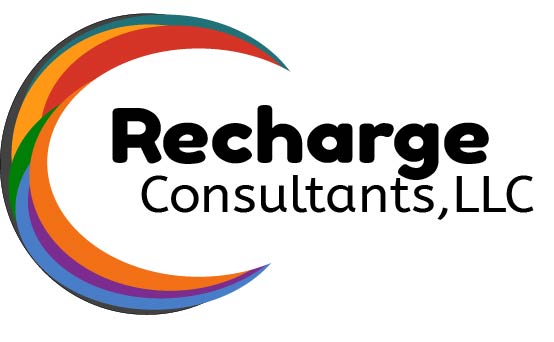Identifying dysfunction in adult family homes (AFHs), adult foster homes (AFCs), or assisted living facilities (ALFs) involves observing a range of indicators related to care quality, staff performance, and facility management.
Poor Resident Care
- Neglected hygiene, improper feeding, or lack of medical attention.
- Frequent complaints of discomfort, loneliness, or unmet needs.
- Medication errors or inconsistent administration of treatments.
Staff Issues
- High staff turnover rates indicate dissatisfaction or instability.
- Inadequate training or lack of proper certifications among caregivers.
- Negative attitudes, unresponsiveness, or mistreatment of residents.
Safety Concerns
- Unsafe living conditions, such as poor lighting, broken equipment, or lack of emergency protocols.
- Increased frequency of accidents or injuries among residents.
- Unreported incidents of abuse, neglect, or exploitation.
Facility Problems
- Unclean or poorly maintained environment.
- Overcrowding or insufficient resources to meet resident needs.
- Financial mismanagement, such as failure to pay staff or maintain the facility.
Regulatory Noncompliance
- Violations during state inspections or failure to meet licensing requirements.
- Inconsistent or missing documentation of care plans, incidents, or resident assessments.
Communication Failures
- Lack of transparency with families or legal guardians.
- Poorly communicated changes in care plans, fees, or facility operations.
- Disrespect or dismissiveness toward family concerns or feedback.
Resident Well-Being
- Decline in residents’ physical or mental health without apparent cause.
- Signs of isolation or depression among residents.
- Frequent transfers or discharges due to dissatisfaction.

